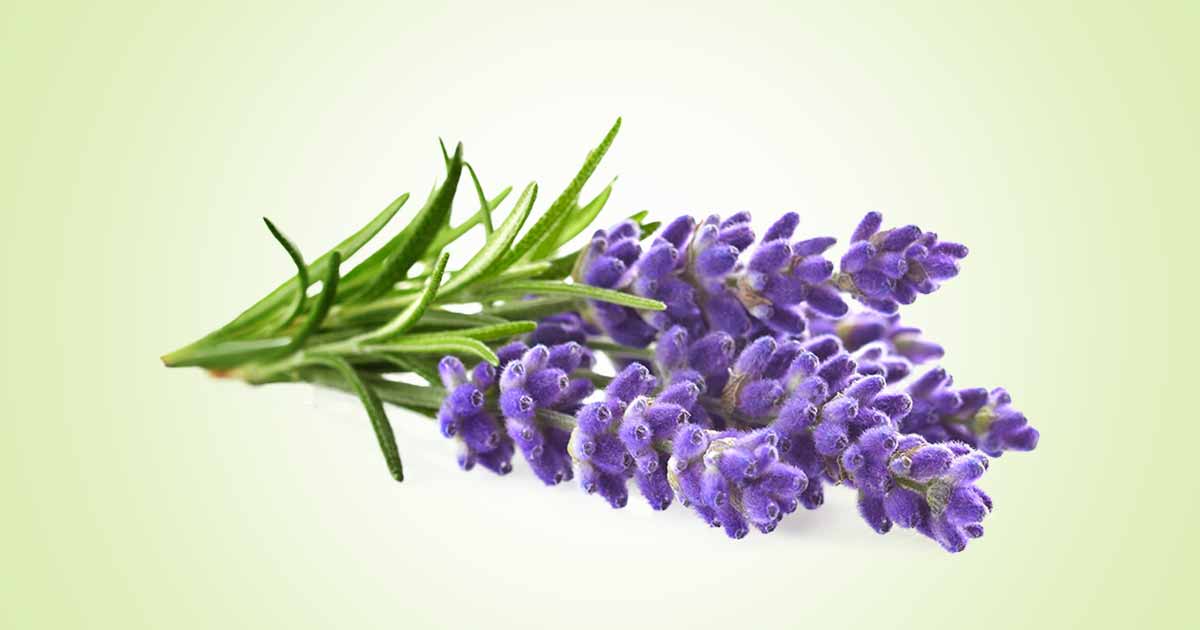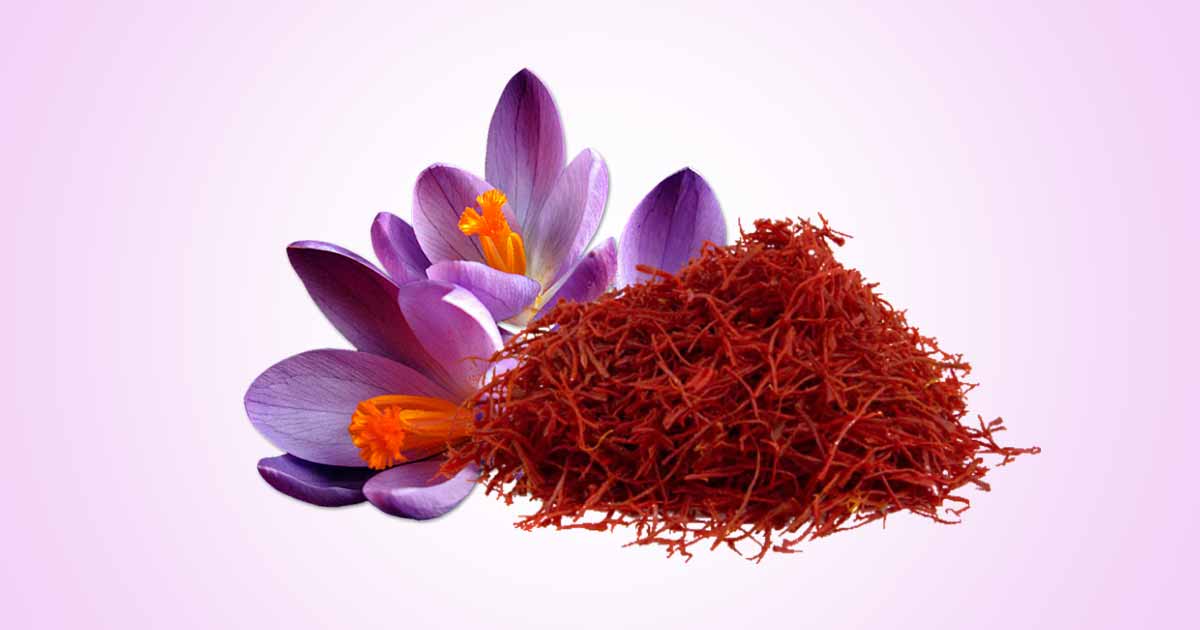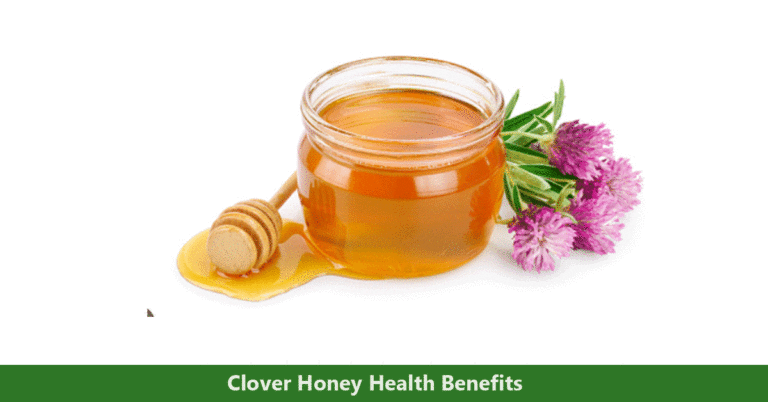Sage is a plant belonging to the mint family (Lamiaceae). It is also called common sage, purple sage, or garden sage. The perennial shrub can grow up to 3 feet (0.91 m), and gives blue-violet blooms. Because of the intense and peppery flavor, it is used as a culinary herb in the Mediterranean countries. The essential oils have been used in soaps and perfume as fragrance.
The sage plant originated from the Southeastern Europe states of Albania and Bosnia. It is now cultivated in many European countries such as Croatia, Croatia, Albania, Spain, Germany, Poland, Montenegro, Serbia, and Bosnia and Herzegovina. It is also cultivated in the United States.
Furthermore, it is a hardy perennial woody plant with evergreen pretty, grayish-green leaves. The spikes of spring flowers come in different colors such as pink, purple, white, or blue. Sage grows in full sun, and in well drained soil. It can be planted near rosemary, carrot, and cabbage.
There are varieties such as purple-leaved ‘Purpurascens’, ‘Compacta’, ‘Berggarten’, Golden sage ‘Aurea, yellow-leaved ‘Icterina’, and the cream-and-green variegated leaves’ tricolour sage.
The leaves can be chewed raw, dried or ground to powder, pressed fresh for the juice. The essential oil, fluid extract or tincture can be used.
Sage plant belongs to the genus, Salvia, a Latin word, salvere, meaning “to save”. This may be due to the healing properties of the plants in this genus. Sage has been used in the Ancient Egypt, Greece, and Rome to treat diseases such as infertility, to heal minor wounds, cease bleeding, treat cough, and improve memory function.
Other traditional uses include use in treating intestinal gas, stomach upset, infection in the mouth, nose, and throat. It is also used to regulate menstrual cycle and to decrease breast milk production when trying to wean a baby.
In 2009, the European Medicines Agency (EMA) published a monogram which lists sage as an active ingredient. Some approved traditional uses of the herbal tea, dry extract, liquid extract, and tincture includes relief of minor skin inflammation, excessive sweating, throat and mouth inflammation, heart burn and bloating.
Nutritional uses include flavoring of meat, beans, salads, onion stuffing, pasta sauces, sausages, soups, etc.
Constituents of Sage Herb
There are many active constituents from the flowers, leaves, and stem of Salvia officinalis.
The essential oils of sage include borneol, camphor, caryophyllene, limonene, cineole, myrcene, elemene, linalool, humulene, sabinene, ferruginol, ursolic acid, carnosol, caryophyllene, phellandrene, ledene, pinene, and thujone. Linalool is abundant in the stem, while α-pinene and cineole are the main constituent in the flower.
Other constituents include:
- Flavonoids: rosmarinic acid, luteolin-7-glucosides, ellagic acid, apigenin, hispidulin, rutin, chlorogenic acid, and quercetin, epicatecin, epigallocatechin gallate.
- Phenolic acids: caffeic acid and 3-Caffeoylquinic acid
- Carbohydrates: arabinose, galactose, glucose, mannose, rhamnose, xylose, uronic acids.
- Terpenoids: monoterpenoids, diterpenoids, triterpenoids, sesquiterpenoids.
- There are also alkaloids, tannins, coumarins, saponins, cardiac gylcosides, fatty acids, poly acetylenes, steroids, and waxes.
Nutritional Composition
The sage spice contains carbohydrate, fiber, sugar, proteins, ash, fats, and water. Mineral content include calcium, potassium, magnesium, copper, iron, zinc, sodium, selenium, manganese, and phosphorus. Calcium, and potassium are the most abundant minerals.
High potassium content means it may benefit those with high blood pressure.
Vitamin A, carotene, vitamin K, C, D, E, folate, thiamine, choline, Vitamin B6, B12, niacin, riboflavin, and choline are present. Carotene, lutein + zeaxanthin, vitamin K are the abundant vitamins.
Health Benefits of Sage
There are many health benefits of sage such as anti-inflammatory, antioxidant, antimicrobial, anticancer, hypoglycemic, hypolipidemic, and memory-enhancing abilities.
Anti-inflammatory effect: The herb has anti-inflammatory, and analgesic effects. Hence, it can be used in neuropathic pain management. Flavonoids such as rosmarinic acid, and terpenoids such as manool, carnosol, and ursolic acid are the main anti-inflammatory compounds.
Improves memory function: Salvia officinalis contains rosmarinic acid, which can improve memory and cognition. The essential oil can also enhance cognition in patients with cognitive impairment or dementia.
Eidi et al., suggested that the mechanism may involve activation of muscarinic and nicotinic receptors by pilocarpine and nicotine, boosting the memory boosting effect. Salvia officinalis may inhibit acetylcholinesterase activity, which can offer a potential therapeutic option in Alzheimer’s disease.
Antioxidant effect: Sage herb contains many natural antioxidant compounds such as flavonoids (rosmarinic acids, quercetin, genkwanin and rutin), and other powerful compounds such as carnosol, carnosic acid, caffeic acid, rosmanol, rosmadial, and cirsimaritin.
Carnosol and rosmarinic acids are very powerful antioxidants, comparable to α-tocopherol, a standard antioxidant. Antioxidant compounds prevent oxidative stress, and increase the activity of antioxidant enzymes, pancreatic catalase, glutathione peroxidase, glutathione-S-transferase, and superoxide dismutase.
These antioxidants play a role in the prevention of diseases such as cancer, cardiovascular disorders, diabetes.
Antimicrobial activity: Salvia officinalis essential oils contains antimicrobial compounds such as camphor, ursolic acid, carnosol, thujone, oleanolic acid, and 1,8-cineole. They inhibit gram-postive organisms such as Bacillus cereus, Enterococcus faecalis, Listeria monocytogenes, Bacillus megaterium, Bacillus subtilis, and Staphylococcus epidermidis.
The compounds also inhibits gram-negative bacteria like Gram-negative bacteria such as E. coli, Klebsiella oxytoca, Klebsiella pneumonia, Pseudomonas morgani, Salmonella anatum, Salmonella enteritidis, Salmonella typhi, Aeromonashydrophila, Aeromonassobria, and Shigellasonei. But, they have weaker action against E. coli, Pseudomonas aeruginosa, and S. enteritidis.
Antifungal activities against Candida albicans, Botrytis cinerea, Candida glabrata, Candida parapsilosis and Candida krusei, have been reported.
Anti-diabetic effect: Aerial part of the plant reduce blood glucose. This may be due to inhibition of hepatocyte gluconeogenesis and decrease of insulin resistance through stimulation of peroxisome proliferator-activated receptor γ (PPARγ).
Lipid lowering activity: Rosmarinic acid lowers triglycerides, LDL, very low density lipoproteins (VLDL) and cholesterol in serum of high fat diet- and streptozotocin-induced type 2 diabetic rats. Rutin also reduces body weight and adipose tissue in fat induced obese rats.
It may be useful in managing dyslipidemia in patients in high risk patients, such as in diabetes mellitus or hypercholesterinemia.
Anticancer effect: Compounds such as thujone, camphor, ursolic acid, manool, limonene, and 1,8-cineole, caryophyllene and α-humulene, are antioxidants and antimutagenic compounds.
The plant extract inhibits cell lines of breast cancer, colorectal cancer, colon cancer, lung carcinoma, laryngeal carcinoma, cervix adeno carcinoma, insulinoma, melanoma, hepatocellular carcinoma, prostate carcinoma, and oral cavity squamous cell carcinoma.
Treatment of dental plaque and gingivitis: Sage essential has been combined with peppermint oil as OTC active ingredients for the treatment of plaque and gingivitis. Though, it is considered safe, there is still not enough data to classify it as a therapeutic agent.
Contraindication
Consumption of sage in pregnancy and lactation is not recommended. The toxic compounds in sage include camphor, thujone, and terpene ketones, and may be toxic to fetus and newborn.
It is also not recommended in epilepsy as it may cause convulsion.
Side Effects
Sage leaf is listed as a GRAS (Generally Recognized as Safe) by the United States Pharmacopeia for use as a spice, natural flavor, seasoning, and also the use of the sage essential oil.
However, overdose of the volatile oils of sage can cause unwanted side effects such as vomiting, salivation, allergic reactions, tongue swallowing, vertigo, hot flushes, cyanosis, tachycardia, and even convulsion.
References
- https://www.herbalgram.org/media/12033/issue89.pdf
- https://www.almanac.com/plant/sage
- https://hort.extension.wisc.edu/articles/sage-salvia-officinalis/
- https://www.sciencedirect.com/science/article/pii/S2225411017300056
- https://www.nutritionvalue.org/Spices%2C_ground%2C_sage_nutritional_value.html












